What’s Up?
Morning photography at Huguenot Memorial Park in Jacksonville, FL continues to be fabulous with no wind or a SE breeze instead of the forecast wind from the SW. David and Michele Pugsley headed home after their third great morning. It is the best year for chicks in more than two decades. I have room for you in the AirBnB for three nights — beginning on Monday 29 June. If you are nearby and can make it, text me at 863-221-2372 to learn about a practically free IPT. It never hurts to try.
Saturday past was the very first time that I used the 200-600 with the a-1 ii. And it turned out to be a perfect lens for tern flight (and more) at Huguenot. Scroll down to learn exactly why the 200-600 and the 400-800 are two completely different animals (AKA tools).
We finally got what we wanted on Sunday afternoon: cloudy bright with a strong wind from the south. And lots of images of the larger chicks jumping into the air and exercising their wings.
Today is Monday June 2025. Can you believe how the months are rolling by? Vasili and I will be at the beach at 6:00am sharp again when the gates open in hopes of a mega-sunrise. The forecast is for mostly cloudy with a SW breeze at 4-6 mph; not great. We might be spending some time on the low tide sand flats. We are again of course, hoping for SE instead of SW. Whatever you opt to do, I hope that you too choose to have a wonderful and productive day and that you have fun too. Do remember that happiness is a choice — Byron Katie, The Work.Com.
If an item — a Delkin flash card, a Levered-clamp FlexShooter Pro, or a Wimberley lens plate — for example, that is available from B&H and/or Bedfords, is also available in the BAA Online Store, it would be great, and greatly appreciated, if you would opt to purchase from us. We will match any price. Please remember also to use my B&H affiliate links or to earn 3% cash back at Bedfords by using the BIRDSASART discount code at checkout for your major gear purchases. Doing either often earns you free guides and/or discounts. And always earns my great appreciation.
Your Call?
Which of today’s four images is best? Why? Be sure to take a crack at the crop question at image #4.
In the Last Blog Post
In the last blog post I felt that Vasili’s Image #2, Royal Tern chick downing jumbo shrimp, was the best by far. Feeding images are nearly impossible for many reasons; this one told a story and getting the chick and the shrimp sharp was pretty much a miracle. Most folks agreed with me.
Gear Questions and Advice
Too many folks attending BAA IPTs and dozens of photographers whom I see in the field and on BPN, are — out of ignorance — using the wrong gear, especially when it comes to tripods and more especially, tripod heads. And the same is true in spades when ordering new camera bodies or lenses. My advice will often save you some serious money and may help you avoid making a seriously bad choice. Please know that I am always glad to answer your gear questions via e-mail. If you are desperate, you can try me on my cell at 863-221-2372. Please leave a message and shoot me a text if I do not pick up.
Don’t Just Shoot: Learn
If you are interested in changing your life and becoming a better photographer by joining me on an Extended IPT at Sebastian Inlet for Ospreys and more (SEPT 25 to NOV 24, 2025) in San Diego for Pacific-race Brown Pelicans and more (JAN 6 to FEB 2, 2026), for Roseate Spoonbills at Stick Marsh mid-March 2026, please e-mail for dates, rates, terms, and additional information. Or shoot me a text to 863-221-2372. All offerings include options for shared AirBnB lodging. Ground transportation during your stay is a possibility.
B&H Simplified
To ensure that I get credit for your B&H purchases, you can always click here. The tracking is invisible but using my affiliate links is greatly appreciated. And, with B&H, you can use your PayBoo card. You must use the website to order. You cannot get your free guides if you make a phone order. Once you have an item in your cart, you must complete the order within two hours. Huge thanks!
B&H
Many folks have written recently stating that they purchased a Sony a1 from B&H and would like their free membership in the Sony 1 Info and Updates Group, a $150.00 value. But when I check my affiliate account, their orders have not been there. When I let them know that they get credit for B&H purchases only if they use one of the many B&H affiliate links on the blog or begin their searches with this link, they are always disappointed. If in doubt, please contact me via e-mail and request a BH link. I am always glad to help and to guide you to the right gear.
Bedfords Simplified
Click here to start your search. Choose standard shipping, and when you get to the payment page, enter BIRDSASART in the discount code box and hit apply. You will be upgraded to free second day air Fed-Ex and receive 3% cash back on your credit card once your stuff ships. Using either my affiliate links is greatly appreciated and will often earn you free guides or discounts.
Bedfords Amazing BAA Discount Policy
Folks who have fallen in love with Bedfords can now use the BIRDSASART coupon code at checkout to enjoy a post-purchase, 3% off-statement credit (excluding taxes and shipping charges) on orders paid with a credit card. The 3% credit will be refunded to the card you used for your purchase. Be sure, also, to check the box for free shipping to enjoy free Second Day Air Fed-Ex. This offer does not apply to purchases of Classes, Gift Cards, prior purchases.
Visit the Bedfords website here, shoot Steve Elkins an e-mail, or text him on his cell phone at (479) 381-2592.
|
|
|
This image was created on 28 June 2025 at Huguenot Memorial Park, Jacksonville, FL. Standing at full height, I used the handheld Sony FE 200-600mm f/5.6-6.3 G OSS lens (at 600mm) and The Latest Greatest Sony Flagship Body, the a1 II Mirrorless Camera. The exposure was determined by Zebras with ISO on the rear wheel — ISO 800: 1/4000 second at f/6.3 (wide open) in Manual mode. RawDigger showed that the exposure was 1/6 stop short of perfect. AWB at 7:38:14am on a mostly sunny morning. Wide/AF-C with Bird-Eye/Face Detection performed perfectly. Click on the image to enjoy the larger, inexplicably sharper high-res version. Image #1: Royal Tern in flat flight with butterfish (?) for chick
|
Why the 200-600 When You Own the 400-800?
I’ve been using the handheld 4-8 while seated for both chicks and for flight. But with the right wind, I prefer standing for flight and after a while, the 4-8 is simply too heavy for me to handhold for extended periods. So when we take a flight walk to look for a spot where the birds are turning toward us to land, I switch out the 4-8 for the somewhat lighter 200-600 (4.65 lbs. vs. 5.45 lbs.) Despite being less than a pound lighter, I can pretty much handhold it forever for flight. Item last: it is a lot easier to find and frame fairly distant subjects at 600mm than it is at 800mm.
Backgrounds Other Than Sky
As you can see in this and the following image, the Sony a-1 ii rarely has a problem with backgrounds other than sky. While I will always attempt to acquire focus on the bird with a sky background and then follow it down, the a- ii will usually attain AF even when you start with relatively busy backgrounds.
|
|
|
This image was created on 28 June 2025 at Huguenot Memorial Park, Jacksonville, FL. Standing at full height, I used the handheld Sony FE 200-600mm f/5.6-6.3 G OSS lens (at 600mm) and The Latest Greatest Sony Flagship Body, the a1 II Mirrorless Camera. The exposure was determined by Zebras with ISO on the rear wheel — ISO 800: 1/4000 second at f/7.1 (stopped down 1/3- stop) in Manual mode. RawDigger showed that the exposure was 1/3 stop short of perfect. AWB at 7:54:46am on a mostly sunny morning. Wide/AF-C with Bird-Eye/Face Detection performed perfectly. Click on the image to enjoy the larger, inexplicably sharper high-res version. Image #2: Royal Tern in flat flight with butterfish (?) for chick
|
Flat Flight
Flat flight images work best either when the bird is flying directly at you or angling toward you. If you photograph a bird in flat flight from the side, you wind up with a pancake. In other words, not too good. For best results, try to keep the wind (and the light) behind you.
|
|
|
This image was also created on 28 June 2025 at Huguenot Memorial Park, Jacksonville, FL. Standing at full height, I used the handheld Sony FE 200-600mm f/5.6-6.3 G OSS lens (at 600mm) and The Latest Greatest Sony Flagship Body, the a1 II Mirrorless Camera. The exposure was determined by Zebras with ISO on the rear wheel — ISO 1000: 1/4000 second at f/6.3 (wide open) in Manual mode. RawDigger showed that the exposure was dead-solid perfect. AWB at 8:24:47am on a mostly sunny morning. Wide/AF-C with Bird-Eye/Face Detection performed perfectly. Click on the image to enjoy the larger, inexplicably sharper high-res version. Image #3: Royal Tern in flight with Spanish Mackerel for chick
|
Wings Up, Zero Shadows
Wings fully up or wings fully down are generally big plusses for flight images. And, in a perfect situation, with the bird right on sun angle, it is possible to make a flight image with no shadows anywhere. With the amazing AF accuracy offered by today’s high end mirrorless camera bodies, the standards as to what makes a great flight image are being raised continually. The Complete and Quintessential Guide to Photographing Birds in flight by Arash Hazeghi, Ph.D., and Arthur Morris, BIRDS AS ART, will be released soon and will surely help folks to raise the bar even higher.
|
|
|
This image was also created on 28 June 2025 at Huguenot Memorial Park, Jacksonville, FL. Standing at full height, I used the handheld Sony FE 200-600mm f/5.6-6.3 G OSS lens (at 474mm) and The Latest Greatest Sony Flagship Body, the a1 II Mirrorless Camera. The exposure was determined by Zebras with ISO on the rear wheel — ISO 1000: 1/4000 second at f/6.3 (wide open) in Manual mode. RawDigger showed that the exposure was 1/2. stop short of perfect. AWB at 8:08:18am on a mostly sunny morning. Wide/AF-C with Bird-Eye/Face Detection performed perfectly. Click on the image to enjoy the larger, inexplicably sharper high-res version. Image #4: Royal Tern with (bug-eyed!) shrimp for chick
|
How Large a Crop?
This one looks quite sharp to me. Actually, it looks stunningly sharp. What percentage of the original frame do you think is depicted? Reveal in the next blog post.
|
|
Composite #1: All with the a-1 ii Mirrorless Camera body.
|
The a-1 ii for General Bird Photography
I have found that eye-tracking for general bird photography with the a-1 ii is far, far better than with the original Sony a-1. It grabs the eye and tracks it faster and far more consistently and focus is rarely lost, even with backgrounds other than sky.
|
|
Composite #2: All with the a-1 ii Mirrorless Camera body.
|
The a-1 ii for Birds in Flight
For birds in flight, the a-1 ii Mirrorless Camera body has no equal. As Arash Hazeghi says, “It is better than the a-1.” When I am late getting on a bird in flight, I have consistently been amazed at how often the AF system of the a-1 ii finds and tracks the bird’s eye.
|
|
Composite #3: All the result of using Pre-Capture with the a-1 ii Mirrorless Camera body.
|
Pre-Capture with the Sony a-1 ii
When it comes to Pre-Capture with the a-1 ii Mirrorless Camera body, Arash and I agree 100%. And with my slower reflexes, Pre-Capture is more important for me than it is for Arash. Understand that in each of the images in Composite #3, I did not push the shutter button until after the bird took flight!
|
|
All with the a-1 ii Mirrorless Camera body.
|
Sony a-1 ii e-Mail Set-up and Info Guide
I continue to be amazed by speed and accuracy of the Bird Face-Eye tracking and the overall performance of the camera. Aside from the improved ergonomics as compared to the a-1, the rear screen that tilts both horizontally and vertically is a huge plus, as is Pre-capture that allows me to create take-off images that I missed! The resolution on the rear monitor has been improved dramatically. And the 51MP files are to die for.
If you plan on purchasing Latest Greatest Sony Flagship Body, the Sony a-1 ii, please click here to purchase from B&H and earn your free a-1 ii e-Mail Guide. Or, get 3% back on your credit card by purchasing from Bedfords using this link and entering the BIRDSASART discount code at checkout. Folks who use one of the two affiliate links above to purchase their Sony a-1 ii will receive my .DAT settings (the complete camera set-up), a Buttons and Dials Guide, and the a1- ii Info Sheet for free.
If you have already purchased an a-1 ii, you can join the e-mail group by sending a PayPal for $227.43 to us at samandmayasgrandpa@att.net.. So, yes, it never hurts to use my affiliate links and it never costs you one penny more. And if you contact me via e-mail. before you make a major purchase, I can always advise you and often save you some money.
Typos
With all blog posts, feel free to e-mail or to leave a comment regarding any typos or errors.



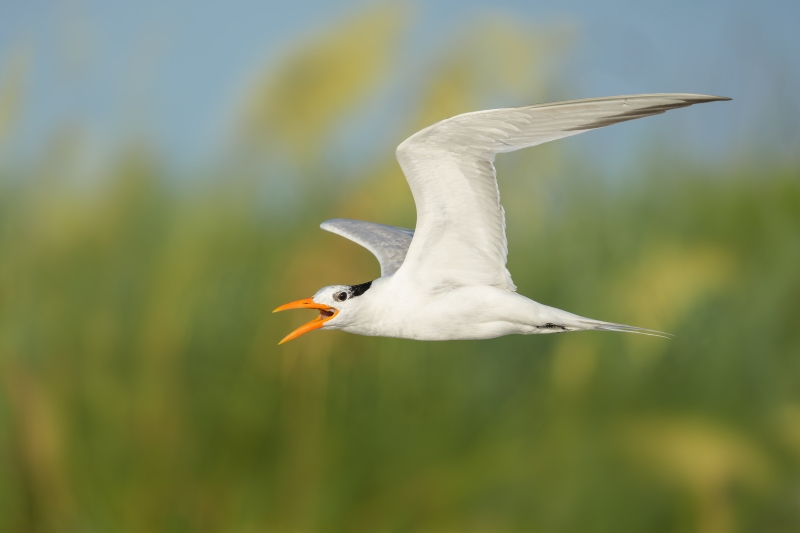
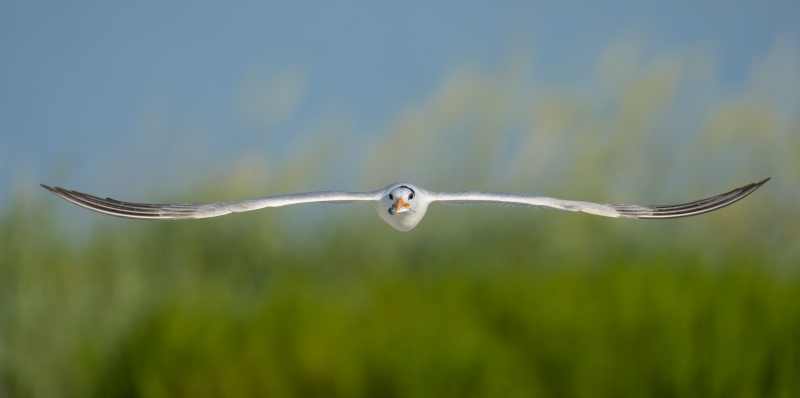
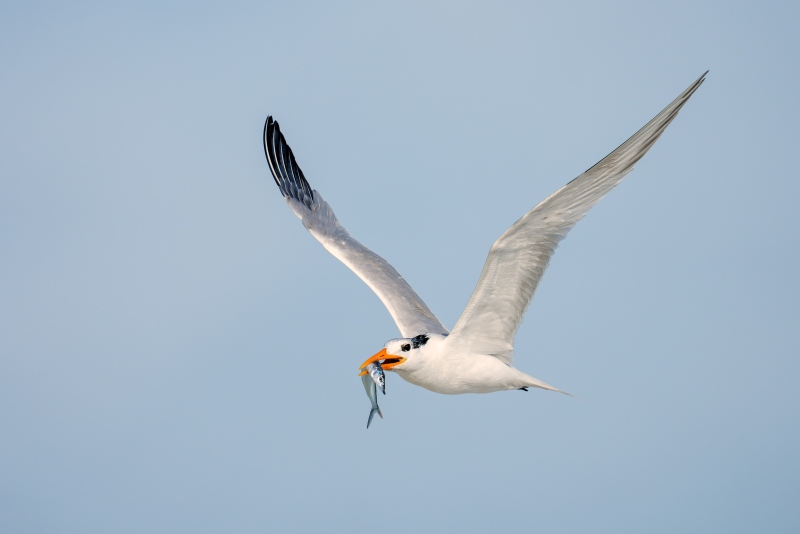
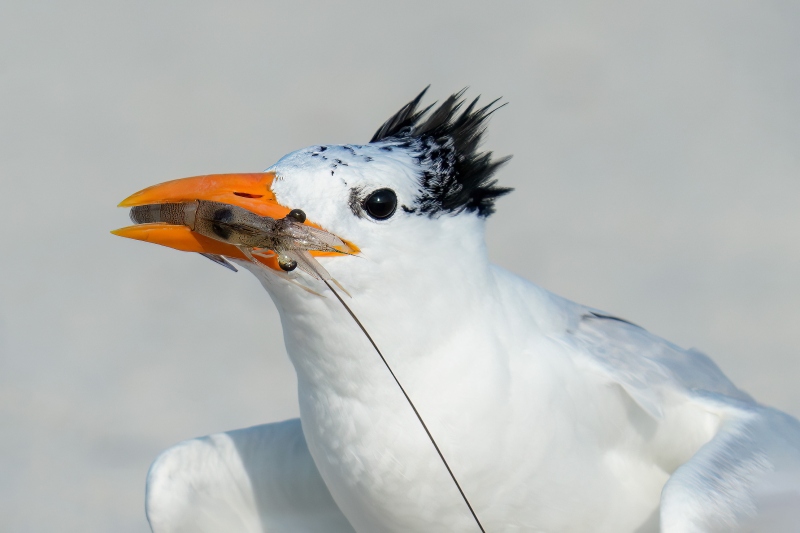
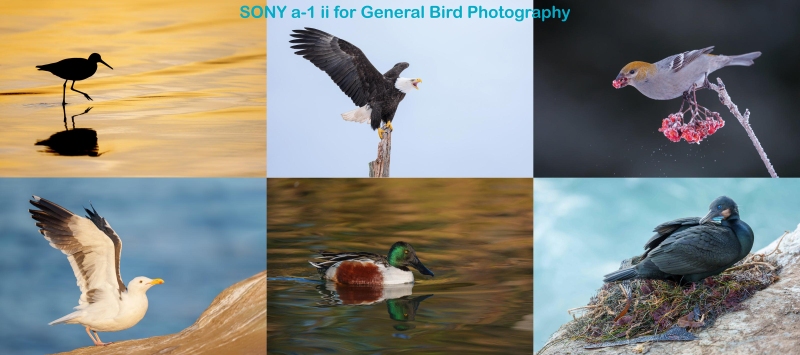
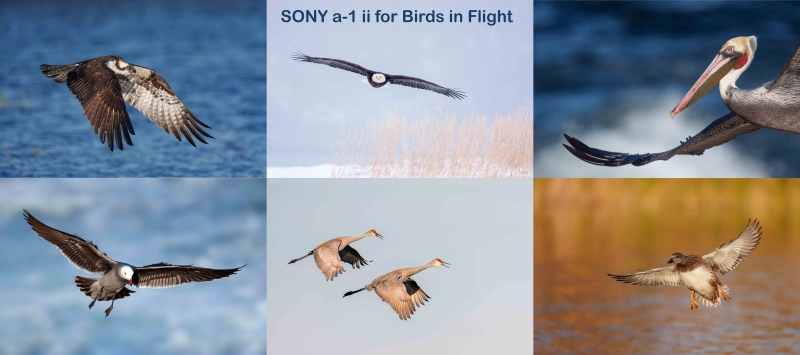
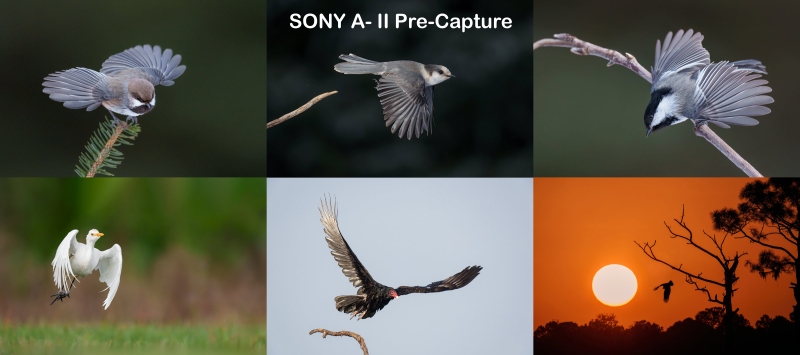
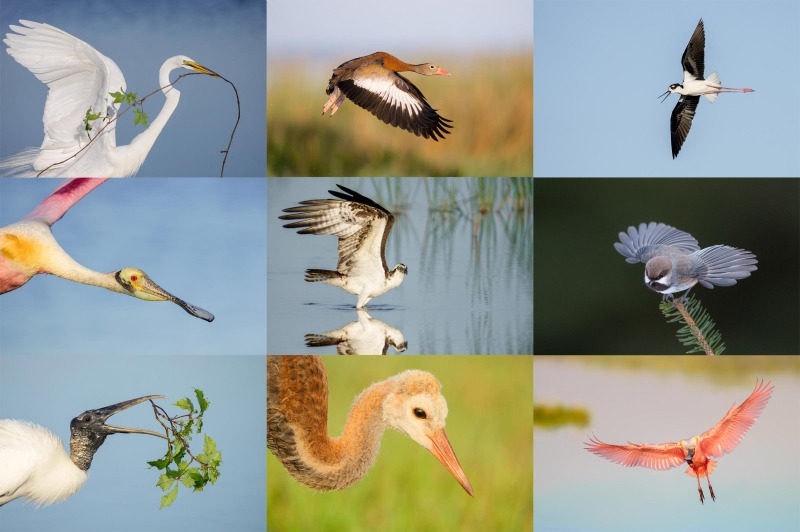






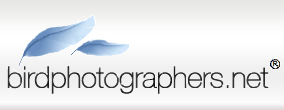


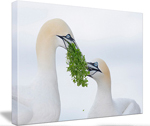



Hi George,
re:
George Givens Jr
July 6, 2025 at 6:28 am · Edit
My language skills are fine. I mostly use my cell to write these post or replies and of course I don’t always have full view if that I have written. Sometimes I think my response or comment is clearly understood but obviously some people read what they want to into what I have written. I cannot be responsible for others biases and baggage. Including yours. And yes, even you have biases some you might not be aware of and some you choose to ignore. But I get it. After all you are the great Arthur Morris.
You keep proving that your reading and writing skills are poor. And you are very quick to offer excuses. You are right about biases; I do not suffer fools lightly.
As far as me thinking that I am high and mighty and “great” with a stick up my a__, you are the very first to suggest that. So thanks a stack.
with love, artie
ps: you are a guest here and you are on thin ice so ready lightly 🙂
Why the 200-600 when I have the 4-8…?
What you think about the 100-400 in aps-c mode on the A7RV?
The Sony 100-400 is clearly the worst telephoto lens Sony has ever made. It is not an internal zoom and the zooming mechanism is ridiculously stiff. I met a nice guy on the beach this morning named Collin; he had a rental 100-400 and could barely zoom it in or out even with it set to smooth. I think that I used an a7RV once for bird photography and hated it but am not sure that it was set up properly for birds.
a
When I was still shooting with dslt I had the 70-400G SSM II Sony. I now have the 100-400 f/4.5-5.6. Maybe I got lucky and got a well made one, but I don’t find it hard to zoom in and out at all! In fact, I find the smooth and tight mechanism work exactly as advertised. Tight keeps the lens from drifting and of course makes it harder to turn. The smooth setting makes the lens much easier to zoom. But it could be that even at 74 I’m stronger than I think. Or maybe because I’m an amateur and therefore not as exacting as you a world class professional . With the old 70-400 A-MOUNT the lens drifting was my biggest complaint, which I’m sure is why Sony added to smooth and tight mechanism.
P.S. I was really asking more about its image quality. I use the 1-4 with a RolanPRO lens cover. Maybe that’s why I find it easier to zoom in and out.
The important thing is that the tripod ring rotates well when on the MH-100. The next important is that its internal focus, commonly called IF (you said once you didn’t know or had not heard of IF). It doesn’t change length when focusing at different distances. Also, I typically don’t zoom in and out on every other shot. I use it more like a prime lens.
I did a lot of research before I bought it and even got a loaner from Sony Imaging Pro Support Program. All my research was for most part positive and was from non-Sony Artisans. Most people can find something to not like about anything. Just ask my wife .
As to your second comment. This is a bird photography blog as you might have noticed. When you asked about a lens combination my answer of course reflected the fact that the 100-400 sucks for bird photography especially in light of so many superior Sony lenses for birds that I believe costs less than the 1-4.
You clearly did NOT ask about image quality. IQ is more a factor of the camera than the lens and the photographer’s ability to create sharp images.
I have long recommended against the use of any lens cover on a zoom lens because they make no sense to me — they make it more difficult to use the lens. I paid a lot of money for a Rolan Pro lens cover for my 400mm f/2.8 GM lens as it came highly recommended. I threw it in the trash.
Lastly, it seems that you are saying that the Sony 100-400 does NOT change in length when you zoom in or out. We both know that it does change length. As noted previously, your language skills could use some work with regards to clarity.
And just for the record book, I have nothing against Black folks. Zero, nada.
Again, it is obvious to me that you consulted a whole lot of ignorant folks. Ignorant is not stupid.
artie
Junk is junk. I stand by my comments. Several years ago I wrote that for bird photography it is obsolete; the 70-200–GM II with both TC is far better for bird photography.
I am glad that you like yours. Anyone who thinks that it is a good lens for bird or nature photography is simply ignorant.
a
My language skills are fine. I mostly use my cell to write these post or replies and of course I don’t always have full view if that I have written. Sometimes I think my response or comment is clearly understood but obviously some people read what they want to into what I have written. I cannot be responsible for others biases and baggage. Including yours. And yes, even you have biases some you might not be aware of and some you choose to ignore. But I get it. After all you are the great Arthur Morris.
Another vote for #4. More filament! Given the quality of today’s photographers, autofocus, sensors, and processing, could be 10% of the original frame or 100%.
Smart man.
a
Some really nice images showcasing your technique and the 200-600 (you must have a good copy!). Anyhow, all 4 are expertly captured and in another series you posted a couple of days earlier (https://www.birdsasart-blog.com/baa/2025/06/22/least-terns-on-being-adaptable/#comments) I was less than enthused with the one coming down the pipe. Today’s capture (Image #2) was much more compelling. In order of preference 3~4 then 2 then 1.
#1 doesn’t have a fish, but nice shot anyways. All nice. I like the shrimp with the super long antennae as well.
Art: I love #4, the royal tern with the (incredibly sharp) shrimp in it’s beak. Great capture!
Thanks, Pa. Wait till you see the original!
with love, artie